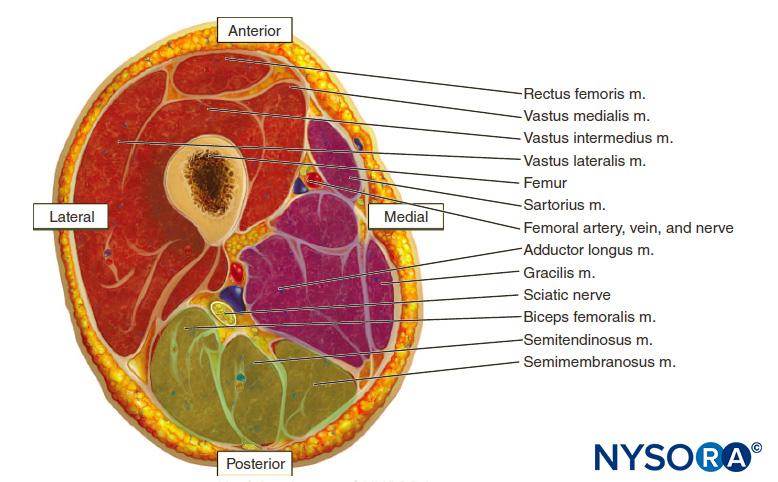

The tendon crosses anterior to the ankle joint and attaches to the base of the distal phalanx of the great toe. Attachments: Originates from the medial surface of the fibular shaft.

The extensor hallucis longus is located deep to the EDL and TA. Actions: Extension of the lateral four toes, and dorsiflexion of the foot.The tendon splits into four, each inserting onto a toe. The fibres converge into a tendon, which travels to the dorsal surface of the foot. Attachments: Originates from the lateral condyle of the tibia and the medial surface of the fibula.The tendons of the EDL can be palpated on the dorsal surface of the foot. The extensor digitorum longus lies lateral and deep to the tibialis anterior. Fig 1 - The muscles of the anterior leg. Actions: Dorsiflexion and inversion of the foot.Attachments: Originates from the lateral surface of the tibia, attaches to the medial cuneiform and the base of metatarsal I.To test the power of the tibialis anterior, the patient can be asked to stand on their heels. It is the strongest dorsiflexor of the foot. The tibialis anterior muscle is located alongside the lateral surface of the tibia. In this article, we shall look at the actions, attachments and innervation of the muscles in the anterior compartment of the leg. The extensor digitorum longus and extensor hallucis longus also extend the toes. The muscles in this compartment are innervated by the deep fibular nerve (L4-S1), and blood is supplied via the anterior tibial artery. There are four muscles in the anterior compartment of the leg: tibialis anterior, extensor digitorum longus, extensor hallucis longus and fibularis tertius.Ĭollectively, they act to dorsiflex and invert the foot at the ankle joint.


 0 kommentar(er)
0 kommentar(er)
